Taste Before Tools
A Soft Synced Companion Guide
Soft Synced Environment → Beginner Track → The Basics Course → Lesson 15
Introduction
This guide won’t “give” you taste. But it does give you a small routine to practice so judgment becomes visible and reusable. You’ll create two artifacts you can keep beside your DAW: a one-page taste sheet and a growing taste bank. Use them to steer concrete experiments in your next session.
1. Why taste is leverage
Tools multiply options; judgment selects which options matter. The lesson makes the point plainly: great records are made on minimal rigs and on bespoke systems, with the common thread being refined decisions you can repeat. Treat gear as a vehicle for intent, not the source of it.
2. Working definition (recognize → select → reduce)
Make “taste” operational with three verbs you can practice on any track: recognize patterns that work in music you admire, select the moves that serve your track’s intent, reduce anything that distracts. In production terms that often means: identify the section’s emotional job, choose two moves that reinforce it, remove one element that dilutes it. Repeat per section.
3. Build a usable taste bank (schema + example)
A taste bank is a searchable notebook that links music you admire to testable mix or arrangement moves. Study several tracks over a few days; include at least one imperfect mix so problems are easier to spot.
Minimal schema you can paste into Notes/Notion:
Track and timecodes by section
Two non-musical descriptors (e.g., warm, confessional) for the section’s feel
What plays and when; rough level hierarchy; stereo placement; notable effects
One technical hypothesis to test in your project
Example row (chorus):
1:08–1:32 — descriptors: open, lifted → hierarchy: vocal forward; guitars widen vs verse; kick unchanged → effects: vocal short plate + slap only on line-ends → hypothesis: double guitars hard L/R + 20–30 ms micro-delay, bypassed in verse.
4. Emotion → language → technique (the conversion step)
Use this three-line micro-workflow whenever a sound choice matters:
Emotion words first (human language): intimate, close, steady.
Non-musical descriptors (anchor the feel): warm, dry.
One technical hypothesis (single, testable move): shorten vocal pre-delay; add gentle presence; lower room send in verses. Then print a bounce and compare.
5. Two short routines to practice this week
A. One-page taste sheet (20–30 minutes)
Pick one near-perfect song. Write three lines in emotion language, add two descriptors to each, then one hypothesis per line. Save the page; open with it visible next session. (This mirrors the lesson’s assignment and turns it into a reusable artifact.)
B. Three-day taste-bank set (10 minutes per day)
Choose three tracks in your style (include one rough/“imperfect”). Day 1: structure + level hierarchy. Day 2: placement + effects. Day 3: descriptors + one hypothesis per track. File with your project so it actively guides decisions, not just reflection.
6. The taste compass playlist (how to use it, not worship it)
Assemble ~20 tracks that represent where you want your sound to land. Use them for orientation, not imitation. When stuck, ask: Does this choice serve the song the way my references do? Return to the same set across projects so your ear learns your targets.
Producer FAQs
-
Time-box analysis and force a conversion to action. For example, 20 minutes to produce a one-page taste sheet, then apply exactly one hypothesis and print a new bounce. Archive any note that doesn’t lead to a single audible change. Taste grows through the loop of hearing → deciding → printing, not through longer notes.
-
Set constraints for two modes. For Capture, use a fixed starter template so ideas enter quickly. For Refine, do a first pass with stock tools, then allow one specialized plugin only if a named gap remains (e.g., “need smoother de-ess on 6–8 kHz”). This keeps selection tied to intent rather than shopping.
-
Write the effect first, then propose one controlled experiment. Example: “chorus feels smaller than verse” → remove bus compressor in chorus or widen doubles only in chorus. Apply one change, print, and record the outcome in the bank (win or miss). Over time the bank becomes a map of reliable fixes.
-
Develop them together. Begin beat sessions with a one-page taste sheet; during short breaks, add two descriptors from a reference chorus and one hypothesis for your next loop iteration. The next course is where this becomes muscle memory at speed.
Quick Reference
Leverage
Tools expand options; judgment selects direction; choices compound.
Practice
One-page taste sheet weekly; three-day taste-bank set monthly.
Compass
Keep a 20-track target list; ask whether choices serve it.
Next Steps
Taste guides tools. The habits above make that guidance concrete and repeatable. Next, in Beat Making, you’ll apply these routines at speed, turning judgment into patterns, grooves, and finished tracks.
The Guides are your reference. The app is your journey.
